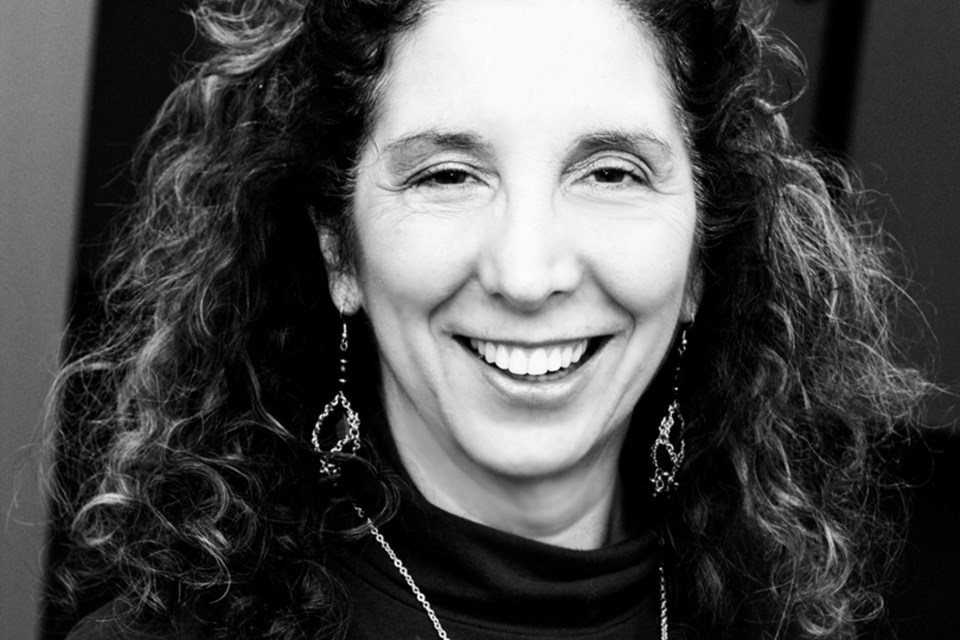A few days after the new Northeastern Secondary School principal started her job in February 1999, a home-made bomb exploded in the stairwell.
Luckily, the bombmaker was an amateur. There was just a little smoke and no one was injured, but the incident taught Anna Maria Barsanti, who has been teaching since the late 1970s, an important lesson. Schools didn’t seem to be the safe place they once were.
Her awareness was heightened a few months later when there was a mass shooting at Columbine High School in Colorado. A week later, a 14-year-old killed one student and injured two other people at W.R. Myers in Taber, Alta.
Fast forward 25 years, Barsanti brings a lifetime of experience working with young people to help make Sudbury a safer place as the Violence Threat Risk Assessment (VTRA) community co-ordinator.
Barsanti works part-time with VTRA and part-time with the Greater Sudbury Police Service (GSPS), where she is co-ordinator of the Equity, Diversity and Inclusion Committee.
In this role, she aims to help make Sudbury a more welcoming community to people of different races, ethnicities, religions, abilities, genders and sexual orientations.
One of the things Barsanti has learned from her work with VTRA is that someone who is a violent offender did not become one overnight. There are many contributing factors that provoke someone to commit a violent act and, if you know where to look for them, the offender leaves clues or "cries for help" prior to the act.
"The Columbine shooters planned for a year and a half. Don't you think someone knew they were going to do things? There are videos of them practising. Who was taking those videos?
"It's better to find warning signs before an incident than at an inquest," said Barsanti.
VTRA, an initiative adopted by many communities in Canada, was introduced in Sudbury more than a decade ago.
VTRA's 33 partner agencies include the four boards of education serving the Sudbury District, GSPS, the OPP, Tribal Police Services, Canadian Mental Health Association and the Children’s Aid Society.
The partners are allowed to share confidential information about an individual at risk and their family dynamics that could lead to an intervention.
VTRA team members are trained to identify a young person who may be at risk of hurting themselves and others, and consult on ways to offer assistance — a "circle of care" that involves parents — to prevent them from acting on their impulses.
In 2022, Sudbury VTRA teams received training from Kevin Cameron, who developed the risk assessment protocols after the Taber shooting. They also had an opportunity to meet Frank DeAngelis, who was the principal of the Columbine school where 13 people were killed.
Barsanti, who is 70, retired from education in 2008 after winning numerous awards, including the Ontario Secondary School Teachers’ Federation Award and the Regional Municipality of Sudbury Appreciation Award.
Shortly after her retirement party, she was invited to join the Greater Sudbury Police Service as the Provincial Anti-Violence Intervention Strategy (PAVIS) education co-ordinator— an outreach program aimed at educating young people about gang violence and how gangs target “disenfranchised” youths.
Later she moved into her job as co-ordinator of the police service's diversity committee. As part of her work, she co-ordinates training for new police officers and staff about the changing demographics in Sudbury.
"You have to learn your own culture and the more you know about you, your own biases, you can listen to other's stories … to come to an understanding," she said.
Barsanti, the granddaughter of Italian immigrants, grew up in Sault Ste. Marie. She remembers the feeling of being "different," and this has helped her understand how minorities feel.
"People treated me as 'less than' by the broader community,” she said.
She said at the time, Italian immigrants weren't considered to be Caucasian and were subject to racism.
"They had to live on the west side of Gore Street. My grandfather crossed Gore Street and started a business … My cousins considered us the 'English Italians'."
She said she regrets her parents didn't teach her to speak Italian because they wanted her to assimilate into the English-speaking community.
Barsanti has volunteered her time to many causes and for several years organized a popular way to raise money called The 100 Strong Campaign. One hundred people were invited to an event and paid $100 to register their charity or organization in a draw. Five organizations' names were drawn and their representatives had five minutes to make a pitch to take home the $10,000 pot. Attendees voted on which charity should get the money raised.
Recipients include Sudbury Police Services Chief's Youth Initiative Fund, the Social Planning Council's Emergency Fund and KICX for Kids – NEO Kids.
In 2013 Barsanti received a Platinum Jubilee pin in commemoration of Queen Elizabeth II’s 70 years on the throne. She was named a Northern Life Community Builder in 2010.
Like the Energizer bunny, Anna Maria Barsanti keeps on going and going, and Sudbury is better for it.
Vicki Gilhula is a freelance writer. Helpers is made possible by our Community Leaders Program.
